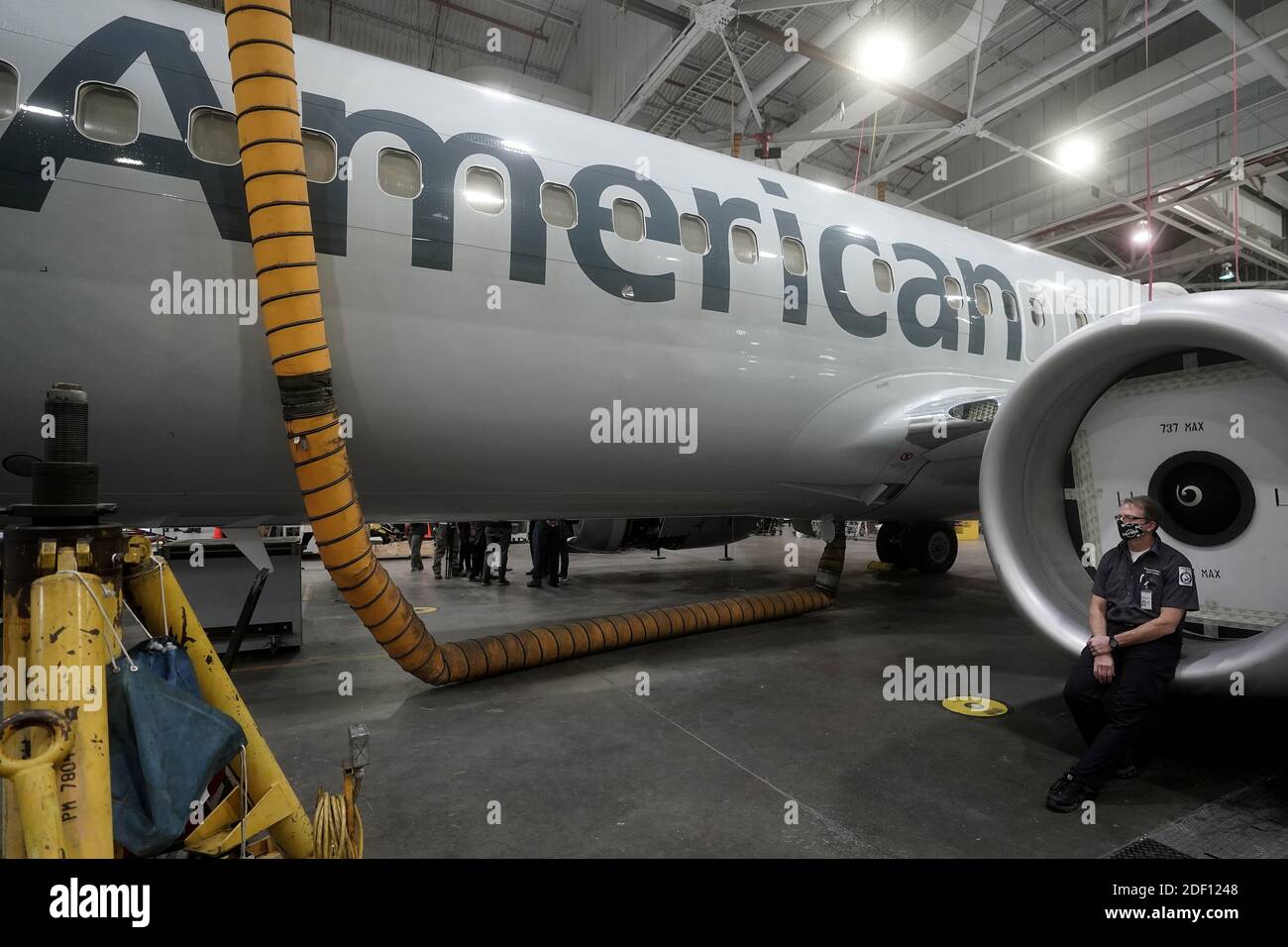Tulsa Aircraft Engines - Aviation has certainly come a long way since the Wright brothers made their first short flight four miles north of Kitty Hawk, North Carolina. The rapid progress in aviation was literally driven by the stunning technological progress in aircraft engines.
In recent decades, aircraft and aircraft engines have diversified significantly with a variety of airframes, mechanical systems, and of course engines. To the average person, these various components can be quite intimidating. Whether you are interested in working with airplanes or piloting them, the first step to entering the world of aviation is to contact an aviation training school such as the College of Aviation and Technology.
Tulsa Aircraft Engines

The College welcomes aspiring mechanics with a variety of aspirations and goals through our Aviation Maintenance Technology and Airframe and Powerplant programs. As your training progresses, you will gain the necessary knowledge and develop the skills to work on a wide range of equipment.
Russian Cargo Plane Makes Tulsa Pit Stop
In the college's aviation school, students are trained on different types of aircraft with different types of engines. Flight students gain valuable hands-on experience as they achieve milestones that can include single-engine private pilot certificates or multi-engine commercial airline pilot certificates.
Both single-engine and multi-engine aircraft are unique and have their own advantages and disadvantages. For example, single-engine aircraft are generally cheaper to purchase and have lower operating costs. However, there are single-engine aircraft that use high-performance engines that offer superior flight characteristics and higher operating speeds. However, in terms of performance, multi-engine aircraft are generally hard to beat, allowing pilots to accelerate faster and generally achieve higher speeds.
Of course, the main advantage of a multi-engine aircraft is increased safety and peace of mind. A second engine redundancy allows pilots to often navigate to a safe emergency landing site in the event of a total engine failure. Multi-engine aircraft also have multiple starter generators and other backup components that provide additional safety in the event of failure.
Due to the physics of asymmetric thrust, multi-engine aircraft are more likely to be involved in loss-of-control accidents. Asymmetric thrust is a particular problem when the engines fail shortly after takeoff, when the aircraft is producing high power at low altitude. Other potential disadvantages of multi-engine aircraft include limited visibility and often complex fuel systems. The various support components of a multi-engine aircraft provide safety through redundancy, but many modern single-engine aircraft have features such as standby alternators and glass-panel avionics for superior safety enhancements. However, in college, aspiring pilots learn to fly multi-engine and single-engine aircraft. They also learn how to troubleshoot problems in flight.
Photos: World War Ii C 49 Plane Tours Tulsa, Visits Tulsa Air And Space Museum
Forty years after the Wright brothers' first flight, airplanes used exclusively internal combustion engines to turn attached propellers to generate thrust. Surprisingly, the vast majority of general aviation and private aircraft today still use internal combustion piston engines and propellers.
In general, an aircraft piston engine operates much like a normal car engine. By drawing in air from the surroundings and mixing it with fuel, the engine works by burning that fuel to produce a hot exhaust gas that moves a piston connected to the crankshaft. A car's engine uses a crankshaft to turn the car's wheels, while an aircraft's crankshaft is directly connected to one or more propellers. There are several differences between an airplane engine and a car engine. Aircraft engines use a variety of ignition systems and lubrication systems, as well as systems that prevent the accumulation of ice in the air inlets.
Piston-propeller engines come in many sizes, but most large aircraft now have some form of turbine engine. However, smaller aircraft can fly in the air powered by smaller internal combustion piston engines.

Today, various types of propellers are used in airplanes. In the aircraft maintenance skills program, you will learn the purpose and function of propellers, including:
Lufthansa Technik Aero Alzey Marks Ten Years Of Cf34 10e Mro
Like conventional piston engines, turbine engines work by combining air and fuel to propel combustion. However, the gas turbine of a turbine engine provides a lot of power by driving a compressor that uses continuous combustion to increase the air pressure to very high pressure. Turbine engines are classified into one of four categories, identified by the path the air travels through the engine and how it creates the aircraft's motion:
In college, aviation maintenance technology students can be trained to power a variety of single-engine and multi-engine aircraft using propeller and turbine engines. The College of Aviation and Technology also teaches aviation components and systems, including airframes, hydraulic systems, environmental systems, and warning systems.
Aviation students can earn single-engine and multi-engine ratings. Our aircraft fleet includes the single-engine Piper Archer, the Cessna 172 Skyhawk and the twin-engine Piper PA-44 Seminole.
Interested in learning more? To learn more about the college and the programs offered, please complete the information request form below and an admissions representative will contact you.
Lufthansa Technik To Open Dublin Mobile Engine Shop
October 31, 2022 The US Air Cadet Academy announced a new partnership with the College of Aviation and Technology
Affiliate Partner Program | Jobs Privacy policy Cancellation policy Privacy Notice - California Residents | Notice of non-discrimination Website access guide Transparency of guarantee law
Rebuilt aircraft engines, airpower aircraft engines, tulsa aircraft, general electric aircraft engines, aircraft with 4 engines, model aircraft jet engines, aircraft engines, electric aircraft engines, tulsa engines, lycoming aircraft engines, engines for model aircraft, hybrid aircraft engines
0 Comments